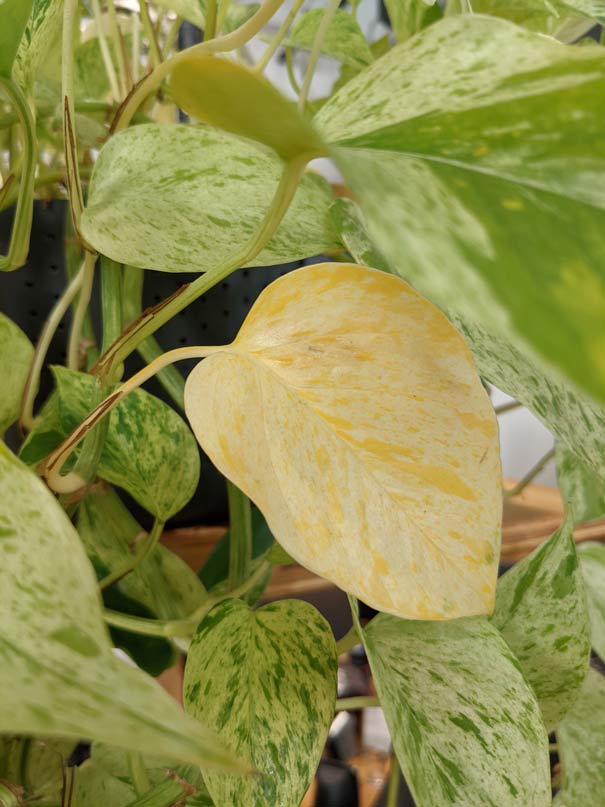
Table of Contents

Macronutrients and Micronutrients Explained
Just like the human body, plants require very specific nutrients to grow and flourish. Plant scientists have developed specific categories for explaining the value of different nutrients to overall plant health. Of these categorizations, macronutrients and micronutrients are the most important to know in caring for your houseplants. According to Cornell University, there are a total of 18 essential elements in plant nutrition. Each of these elements plays a critical role in the growth of any plant species. Of the 18 essential elements, 9 are considered macronutrients, and 9 are considered micronutrients. While imbalances with any nutrient can hinder plant growth, macronutrients are far more important than micronutrients. Within the macronutrient category, there are also primary macronutrients.What is the N-P-K Ratio?
The most important soil nutrients for sustaining plant growth are nitrogen (N), phosphorus (P), and potassium (K). If you have ever looked at the label on a container of fertilizer, you have likely seen these elements represented in an N-P-K ratio. The N-P-K ratio is used to compare relative amounts of the primary macronutrients nitrogen, phosphorus, and potassium in fertilizer products. Because it is a fraction, an N-P-K ratio of 50-30-30 is the same as an N-P-K ratio of 5-3-3. Fertilizer manufacturers make products with different levels of nitrogen, phosphorus, and potassium for different phases of growth. For example, early phases of growth require higher levels of nitrogen. Yet, when plants are ready to grow flowers, they need more phosphorus and potassium than they did earlier. If you are looking for a good all-around fertilizer for basic houseplant cultivation, we recommend a balanced N-P-K ratio such as 6-4-5.Nitrogen (N) Deficiency
Nitrogen is critical to the early phases of plant growth. It is generally mixed into fertilizer products from ammonium or nitrate. Nitrogen is the nutrient responsible for helping plants retain their green coloration. Nitrogen deficiency is one of the most common nutrient issues with houseplants and home gardens. With these nutrient deficiency symptoms, older leaves close to the bottom of the plant turn yellow. Another indicator of nitrogen deficiency is the light green coloration of the entire plant. Please note, nitrogen deficiency can often be easily confused for other problems.
Please note, nitrogen deficiency can often be easily confused for other problems. 


